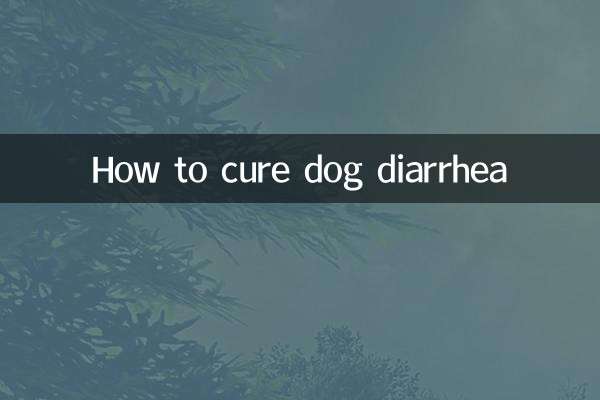How do you know the dog plague is gone?
Canine distemper (canine distemper) is a highly contagious disease caused by the canine distemper virus, which poses a great threat to the health of dogs. One of the biggest concerns many pet owners have after their dog becomes ill is how to determine whether the dog has recovered. This article will give you a detailed answer to this question based on the hot topics and hot content on the Internet in the past 10 days.
1. Basic symptoms of canine distemper

The symptoms of canine distemper are diverse. The initial stage may include fever, loss of appetite, increased eye and nose secretions, etc. As the disease progresses, neurological symptoms may appear, such as convulsions, ataxia, etc. Understanding these symptoms can help determine your dog’s health status in a timely manner.
| symptom stage | Common symptoms |
|---|---|
| Early stage | Fever, loss of appetite, increased eye and nose secretions |
| medium term | Cough, vomiting, diarrhea |
| later stage | Neurological symptoms (convulsions, ataxia, etc.) |
2. How to judge that dog plague has recovered
Determining whether a dog has recovered requires comprehensive observation from multiple aspects. Here are some key judgment indicators:
| Judgment index | Detailed description |
|---|---|
| Body temperature returns to normal | The dog's body temperature should be maintained between 38-39°C for more than a week |
| Appetite restored | The dog began to take the initiative to eat, and his appetite gradually returned to normal. |
| Mental state improves | The dog becomes lively and willing to interact with people |
| Symptoms disappear | Eye and nose secretions decrease, and symptoms such as coughing and vomiting disappear |
| laboratory tests | Results of blood tests, virus tests, etc. turn negative |
3. Precautions after recovery
Even if your dog has recovered, you still need to pay attention to the following points to ensure his health:
1.Regular review: After recovery, the dog should be taken to the pet hospital for regular check-ups to ensure that the virus has not recurred.
2.Strengthen nutrition: Dogs in recovery need to supplement with highly nutritious food to help restore their physical strength.
3.Avoid contact with sick dogs: Canine distemper virus is highly contagious, and recovered dogs should avoid contact with other sick dogs.
4.Keep the environment hygienic: Clean the dog’s living environment regularly to avoid virus residues.
4. Summary of hot topics on the entire network in the past 10 days
The following are the hot topics and hot content about canine distemper on the Internet in the past 10 days:
| hot topics | Hot content |
|---|---|
| Early diagnosis of canine distemper | How to detect canine distemper early through symptoms |
| Canine distemper treatment | The effect of integrated traditional Chinese and Western medicine in treating canine distemper |
| post recovery care | Diet and exercise recommendations for dogs in recovery |
| vaccine prevention | Canine distemper vaccine vaccination time and precautions |
5. Summary
To determine whether a dog has recovered from canine distemper, it is necessary to comprehensively observe its body temperature, appetite, mental state and whether the symptoms have disappeared. At the same time, post-recovery care and regular review are also very important. I hope this article can help you better understand the methods of judging recovery from canine distemper and provide you with better care for your dog.
If you have any questions or need further assistance, please feel free to consult a professional vet.

check the details

check the details